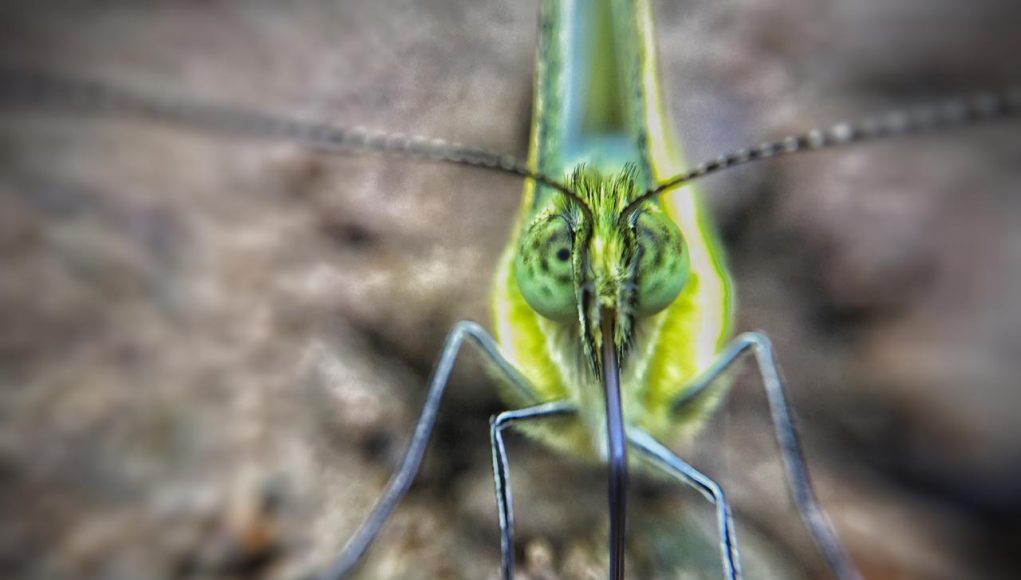With their colorful wings and delicate charms, butterflies captivate our hearts and play a crucial role as indicators of environmental health and climate change. Environmental conditions closely tie their life cycle and movements, providing critical insights into ecological balance and the state of the environment.
Changes in their surroundings, such as climate shifts or pollution, profoundly affect butterflies. These highly sensitive creatures often reflect these changes in their behavior and lifecycle.
For instance, observing 10 butterflies in their 100% natural habitat indicates a healthy and balanced ecosystem. However, environmental degradation or climate change can significantly reduce their numbers and disrupt their life cycles.
Currently, scientists have identified about 300 butterfly species worldwide. Their delicate life cycle, inherent beauty, and sensitivity to environmental changes establish them as perfect indicators of ecological conditions.
Monitoring the status of butterflies can be a vital tool in addressing the ongoing crises of climate change and environmental pollution, enabling more effective action.
Greater attention to these tiny creatures is essential for promoting environmental awareness and maintaining ecological balance. Understanding the importance of butterflies can guide us toward a more sustainable future.
By Rajin Saleh
Photo: Polash Shikdar










